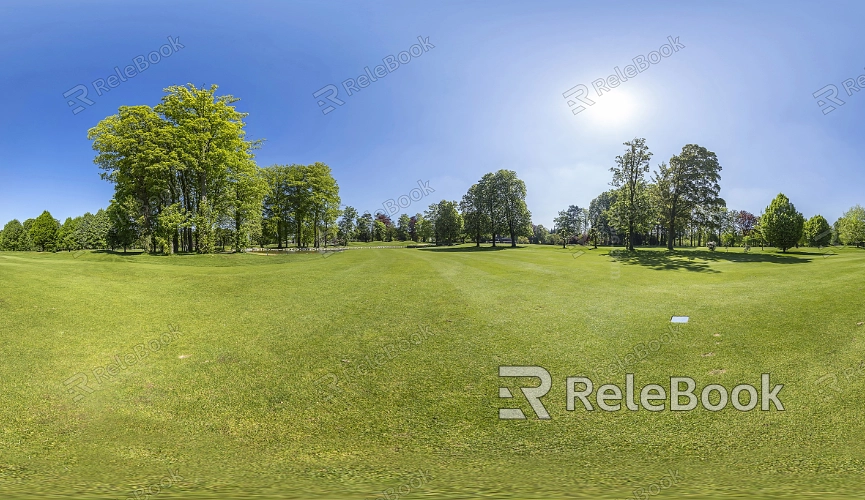Can I Use Depth Textures for Post-Processing Effects in Unity HDR
In engines like Unity, depth textures are not only used for object occlusion and scene relationships but can also be combined with post-processing effects to create a richer visual experience. Common use cases include game development, virtual reality, and architectural visualization, all of which depend on accurate depth information to achieve realism. This article will delve into how depth textures can be utilized for post-processing effects in Unity HDR and provide practical advice.

Understanding Depth Textures
Depth textures are special textures that store distance data from the camera to every pixel in the scene. They are used during rendering for depth testing to determine which objects are obscured. In Unity, depth textures are typically generated within the camera's rendering pipeline and can be employed for post-processing calculations.
Creating Depth Textures
In Unity, depth textures can be enabled by adjusting the camera's "Depth Texture" setting. Once activated, Unity automatically generates the necessary depth information. Developers can also use the Graphics.Blit method to copy the scene's depth data into the texture, preparing it for subsequent post-processing tasks.
Combining Depth Textures with Post-Processing Effects
Depth textures can be integrated with various post-processing effects, such as depth of field, blur, and shadows. By accessing depth information, designers can achieve more natural blur effects, enhancing the overall realism. Within Unity's post-processing stack, parameters can be adjusted based on specific needs to fit different visual requirements.
Using Depth Information for Depth of Field
When utilizing depth textures for depth of field effects, designers can achieve more precise background blur. By manipulating depth values, the level of blur between the foreground and background can be adjusted flexibly. This method not only enhances the scene's depth but also allows the focus to be more concentrated, improving the viewer's experience.

Combining Dynamic Shadows with Depth Textures
In real-time rendering, depth textures can be used to generate dynamic shadows that adapt to changes in scene lighting. By calculating depth information, developers can create more realistic shadow effects. This approach allows objects in the scene to automatically adjust their shadow positions and shapes in response to lighting changes, elevating the overall visual quality.
Performance Optimization with Depth Textures
While depth textures provide rich visual effects, excessive depth calculations may impact performance. Using simplified depth formats, such as 16-bit floating-point, is an effective optimization strategy. In scenarios where precise depth information is not required, disabling depth textures can improve rendering efficiency.
Depth Textures in Multi-Camera Setups
In scenes using multiple cameras, each camera can have its own independent depth texture settings. It is essential to ensure that each camera is configured correctly to avoid conflicts in depth information. The rendering order of the cameras is also crucial, as later-rendered cameras can overwrite the depth data of earlier ones, potentially affecting the final outcome.
Through this exploration, we understand how depth textures can be used for post-processing effects in Unity HDR. Designers can leverage these techniques to optimize their projects' visual quality. Whether in game development, architectural visualization, or virtual reality applications, the effective use of depth textures can significantly enhance the visual experience.
If you’re looking for high-quality HDR image resources, 3D textures, or models to create captivating scenes, Relebook offers a wealth of options to help you achieve outstanding visual effects in your projects.

